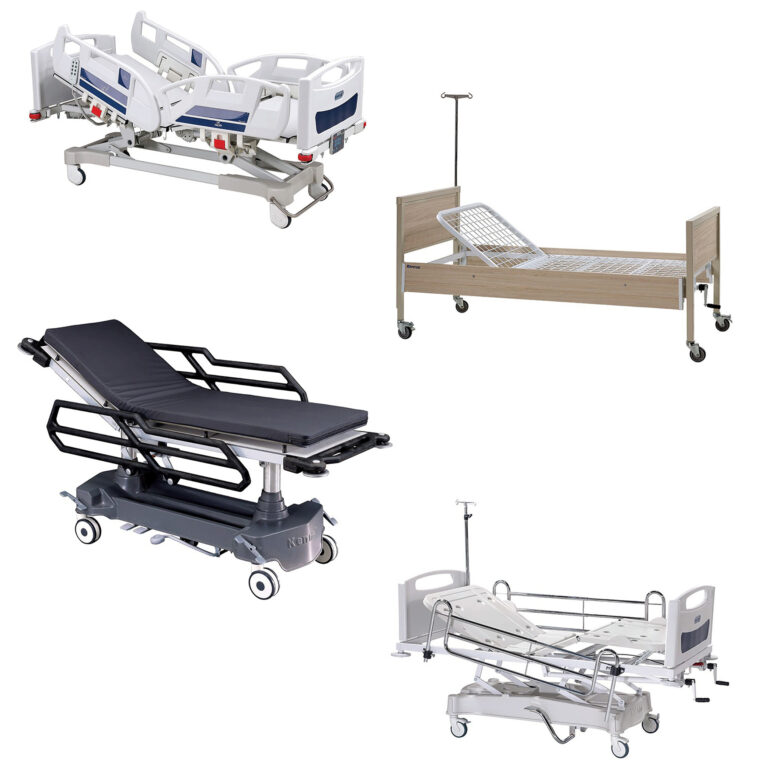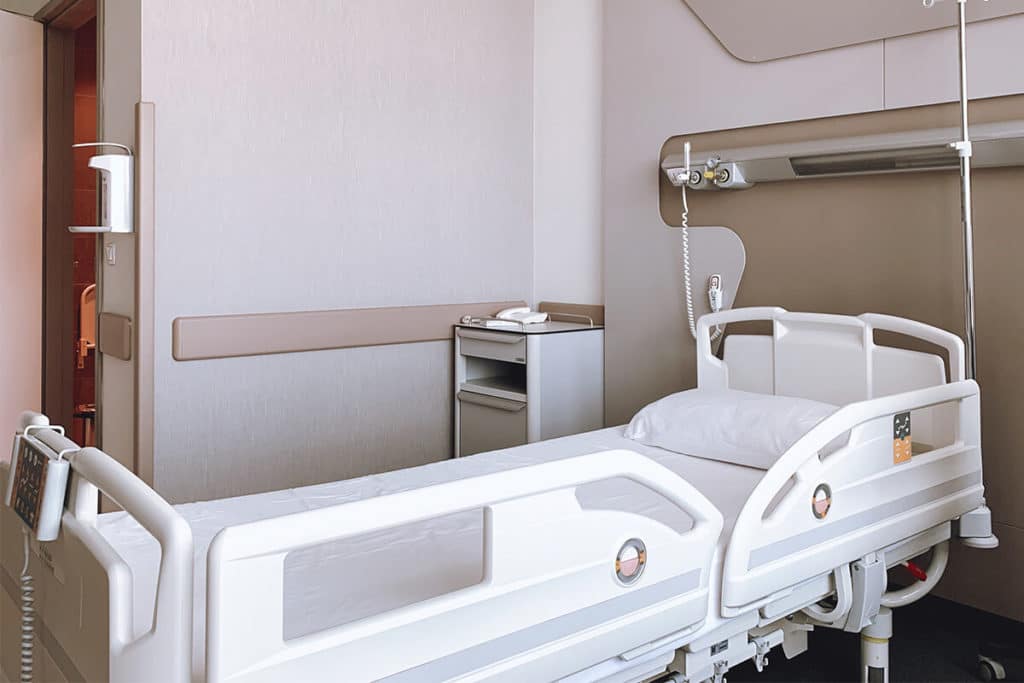How Hospital Beds For Home Use can Save You Time, Stress, and Money.
How Hospital Beds For Home Use can Save You Time, Stress, and Money.
Blog Article
The Main Principles Of Hospital Beds For Home Use
Table of ContentsHospital Beds For Home Use Can Be Fun For AnyoneThe Facts About Hospital Beds For Home Use RevealedThe Definitive Guide to Hospital Beds For Home UseHospital Beds For Home Use - Questions10 Easy Facts About Hospital Beds For Home Use ShownWhat Does Hospital Beds For Home Use Mean?Everything about Hospital Beds For Home Use
There are three primary kinds of healthcare facility beds: manual, semi-electric, and fully-electric. These beds utilize hand cranks to readjust the bed's elevation and raise and lower the head and the foot.
Semi-electric beds have an electrical motor to raise and lower the head and foot portions of the bed (hospital beds for home use). Full-electric beds have an electric motor that can raise the head and foot sections of the bed as well as the whole elevation and positioning of the bed.
Hospital Beds For Home Use - An Overview
There are several types of hospital beds, each made to meet details individual requirements. Below are some usual kinds: This is the most typical kind of medical facility bed, made for general clinical use.
Lower to the ground than a conventional bed. This sort of bed is designed for bigger clients, with a bigger frame and higher weight ability than a conventional bed. This sort of bed is developed especially for children, with smaller dimensions than a basic bed. Unique attributes such as full size side rails and anime style.
This kind of bed is designed for critically sick individuals that require open tracking and specialized clinical tools such as ventilators and mixture pumps. This type of bed is developed for usage during labor and delivery, with adjustable placements and attributes to support the mom and infant throughout the birth process.
A Biased View of Hospital Beds For Home Use
Several function and the accessories perform expanding traction to various parts of the vertebra and the extremities without moving the body. These are simply a few examples of the kinds of medical facility beds offered. The certain kind of bed made use of will depend on the patient's problem, medical needs, and various other aspects.
Here is things you need to know. A one-function hospital bed is a clinical bed that allows a patient to relocate only the head or foot area up or down. A 2 function health center bed commonly describes a type of clinical bed that has 2 adjustable features to assist clients in hospitals or treatment facilities.

Fascination About Hospital Beds For Home Use
A 7-function ICU bed is a kind of clinical bed that gives several adjustable functions to support critically sick individuals in a critical care unit (ICU) (hospital beds for home use). The 7 features usually consist of: Backrest change: The backrest can be changed to various angles to assist the patient stay up or relax conveniently
Elevation change: The bed can be increased or reduced to make it less complicated for people to enter and out of bed, and for caretakers to give treatment. Trendelenburg placement: The whole bed can be tilted to promote blood flow and circulation in the body. Reverse Trendelenburg position: The bed can additionally be slanted in the contrary instructions to advertise blood circulation and flow in the upper body.
While even more economical than electric versions, these beds call for exertion for adjustments. The major advantages of manual beds are their price and integrity, as they don't depend on power. The requirement for manual initiative can be a constraint in circumstances where quick adjustments are necessary or where caretakers encounter physical obstacles.
Examine This Report on Hospital Beds For Home Use
Semi-electric hospital beds offer a balance of manual and electric controls. These beds offer a suitable center ground between handbook and completely electrical options, using convenience of usage without the full expense of electrical models.
Semi-electric beds are appropriate for clients who require moderate adjustments to the head and foot areas yet can take care of without constant elevation adjustments. This makes them an affordable service for those seeking convenience and ease without the demand for continuous repositioning. Fully electrical hospital try this out beds include electric controls for seamless changes to the elevation, head, and foot sections.
Specialty health center beds, such as ICU beds, lasting care beds, and bariatric beds, are carefully made to resolve certain medical demands. These beds use tailored look after diverse patient teams, enhancing both outcomes and convenience. In the following areas, we will discover the primary sorts of specialized medical facility beds, outlining their certain benefits and applications.
With years of experience in making electric straight actuators - hospital beds for home use and close partnership with the health care sector, TiMOTION is well-positioned to offer reputable healthcare options. Our up and down integrated firm takes care of every step of the production process, from layout to actuator assembly, ensuring we supply outstanding value and tailored services customized to your specific requirements
The Single Strategy To Use For Hospital Beds For Home Use

To discover more regarding incorporating these innovations right into your items, call us today. Additional analysis:.
Data is sourced from the Medicare Price Report. Accessed January 2025. Short-term acute care medical facilities have the highest typical number of beds at 187. They are one of the most typical sort of health center in the U.S. and see page comprise more than 50% of U.S. health centers. Children's healthcare facilities have 178 beds on average and VA healthcare facilities ordinary 175 beds.

The 6-Second Trick For Hospital Beds For Home Use
A hospital bed is a bed developed specifically for clinical objectives. It is not just a location for clients to rest, but also a system for clinical procedures. Unlike average home beds, medical facility beds typically have adjustable features, which can promote clinical team to make different modifications according to the needs of patients, such as transforming the height, inclination, and assistance angle of the back and legs of the bed.
Report this page